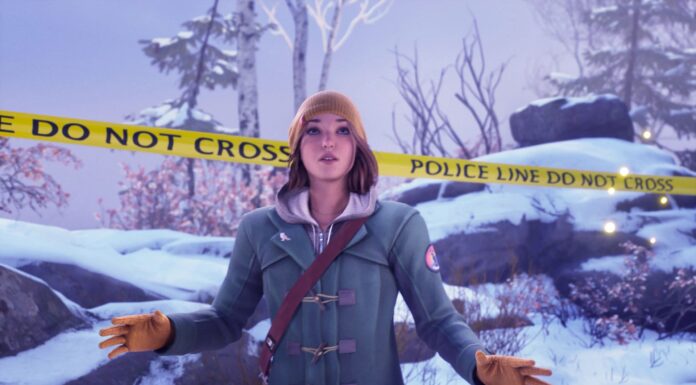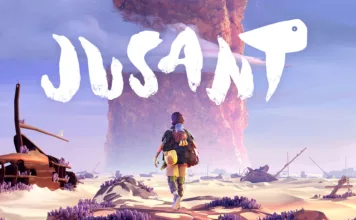By: Lynda McDonald
Focus Home Interactive’s upcoming game Vampyr, in development by Dontnod Entertainment is slated for a 2017 release on PC, PS4 and Xbox One and, if the footage they showed us at Gamescom 2016 is anything to go by, it looks set to be an amazing RPG experience.
 For anyone, like me, who has played the World of Darkness tabletop Vampire: The Masquerade or the Whitewolf PC Vampire: The Masquerade: Bloodlines it seemed like there has been a distinct lack of games in recent years to quench the thirst (sorry) they left for a contemporary Vampire RPG. Fans of classic vampire mythology rather than the neo-teen Twilight vampires of recent years will be happy to hear that the game follows a decidedly Gothic storyline where death, despair and disease are rampant in the city of London. It also plays with other aspects of traditional Vampire folklore, like not being able to enter homes without an invitation and having the ability to mesmerise their victims. The game is set during the 1918 Spanish flu epidemic in London where the game’s protagonist, Dr. Jonathan Reid recently returns to from the war. Having recently been turned into a vampire against his will he finds himself torn between his oath to save and urge to kill. Players explore the city as Jonathan intent on locating the origin of the Spanish flu and his own Vampirism which the game infers could be somehow interlinked.
For anyone, like me, who has played the World of Darkness tabletop Vampire: The Masquerade or the Whitewolf PC Vampire: The Masquerade: Bloodlines it seemed like there has been a distinct lack of games in recent years to quench the thirst (sorry) they left for a contemporary Vampire RPG. Fans of classic vampire mythology rather than the neo-teen Twilight vampires of recent years will be happy to hear that the game follows a decidedly Gothic storyline where death, despair and disease are rampant in the city of London. It also plays with other aspects of traditional Vampire folklore, like not being able to enter homes without an invitation and having the ability to mesmerise their victims. The game is set during the 1918 Spanish flu epidemic in London where the game’s protagonist, Dr. Jonathan Reid recently returns to from the war. Having recently been turned into a vampire against his will he finds himself torn between his oath to save and urge to kill. Players explore the city as Jonathan intent on locating the origin of the Spanish flu and his own Vampirism which the game infers could be somehow interlinked.
In my opinion, one of the most intriguing aspects of Vampyr is that it aims to challenge players’ morality even further than games like Dishonoured because choosing to be the good guy in Vampyr is essentially playing on hard mode as the easiest way to gain xp is from killing NPCs. This also means that players can essentially adjust the game difficulty to their liking based on how/when they kill NPCs.
Another game mechanic that I find interesting (and originally drew me to the game) is the idea that NPCs death’s can change the behaviour of the rest of the city’s community i.e. player’s can potentially make tactical decisions about which NPCs they kill in order to affect the world for better or worse. This adds an even deeper level of complexity to the idea of morality within the game – forcing players to ask themselves if London might be better off without a certain NPC wandering the streets. Each NPC has their own character sheet that can be filled with information the player has found out about them from speaking to others or from items they have found.
Players also get to hear the last thought of the NPC as they kill them, one final reminder that it is a fully developed character with families, friends and a life that they are removing from the world. Further exploring the bounds of morality within the game each of the hubs that make up the city of London have a health status based on the condition of its current inhabitants. The player can decide if they want to keep the inhabitants healthy, let them die or even raise them like cattle and keep them in good health so they can be eaten.
The mix of traditional vampire lore with a historically accurate London could make for a very interesting gameplay experience and has definitely given the game a defined aesthetic. During our presentation at Gamescom 2016 Dontnod’s narrative director for Vampyr Stéphane assured us that the game was as historically accurate as they could make it. He also explained that the use of a “y” in the game’s title was due to the fact that the first ever historical document found discussing vampires had spelled it that way. Game development tends to be a fluid process so hopefully this attention to detail and the team’s obvious love for Gothic style vampire narratives will lead to a great vampire RPG game experience.















